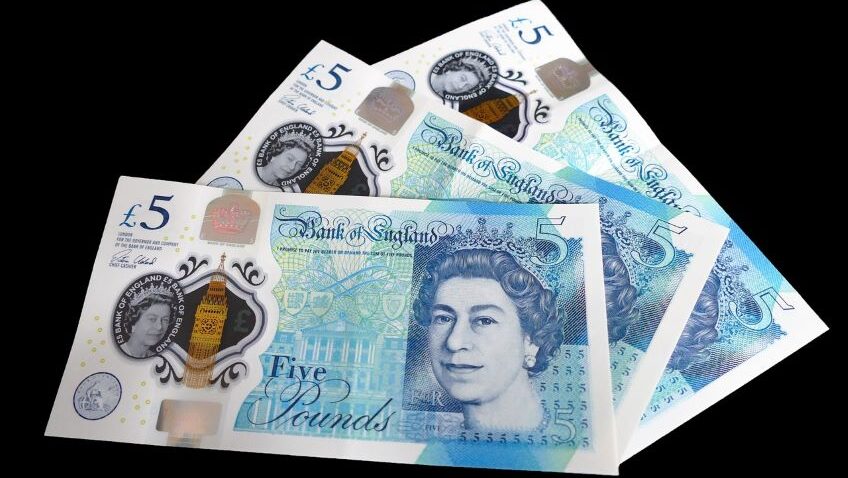Following the Bank of England’s recent announcement that its key base rate is being increased by 0.25% from 4.25% to 4.5%, NS&I has also announced that they are to increase the rate of interest on their Cash ISA by the same amount, taking it from 2.15% to 2.4%.
Alongside the ISA rate increase, NS&I has also boosted its premium bond prize tally, making it a more appealing option for those looking to buy premium bonds for a child and potentially win big money prizes.
Premium bonds do not earn any interest, and the odds of landing a cash prize are 24,000 to 1 per £1 bond. But many take the view that one has to be in it to win it, and if they do win, it might make up for not earning interest, and in the meantime, they prefer the security guarantees as opposed to the risk of investing.
Another initiative NS&I has made is the launch of the 4th issue of its Green Savings Bonds. These are to fund government-backed projects as the UK works its way towards net zero and beyond. They are 3-year fixed bonds.
When first launched in October 2021, they offered 0.65% gross/AER fixed rate of interest. Issue 2 in February 2022 offered 1.3% interest, Issue 3 in August 2022 offered 3.0%, and Issue 4 in February 2023 offers 4.20%.
Unfortunately, with inflation at 10.1% – some economists believe it will fall to somewhere between 8 and 8.5% on the next review – but, even if it does, an investment in Green Savings Bonds still loses value in real money terms, and investments cannot be accessed until the 3-year fixed term is up.
Not only is the attraction of NS&I’s Green Savings Bonds questionable, but the interest rate on their Direct ISA still lags behind the market leaders, with Furness Building Society offering a higher rate at 2.45%.
As regards easy access competitive Cash ISAs, Paragon is the current market leader in terms of interest rates, offering 3.51% (AER) on their Triple Access Cash ISA. This ISA can be opened with a small deposit from as little as £1. But, as the “Triple Access” part of the account’s name suggests, only 3 withdrawals can be made in any one year. A fourth withdrawal is possible, but if made, the interest rate tumbles from 3.51% to 0.75%
Other NS&I competitors – Cynergy Bank and Shawbrook Bank, are offering 3.50% and 3.45% interest rates, respectively. But whereas NS&I, Paragon, and Cynergy Bank allow their Cash ISAs to be opened with as little as £1, Shawbrook Bank imposes a minimum opening deposit of £1,000.
But for savers who are nervous about taking any form of risk, NS&I’s Direct ISA holds one advantage over their competitors. Whereas other banks and building societies can only offer the FSCS guarantee of up to £85K on savings, being government-backed, NS&I are able to guarantee 100% of savings no matter what the amount. That, and the possibility of winning a life-changing amount of money for those holding Premium Bonds, is why more than one-third of UK savers have their savings with them.
For savers and investors who are prepared to accept a degree of risk, however, there are other options, and now could be a time to review them.
Many financial experts are of the opinion that the BoE is nearing the end of its policy of increasing the base rate to reduce inflation which has been affecting businesses as well as private citizens. They are urging savers to undertake a rate comparison of their easy-access ISAs and move them to competitors offering better rates.
Changing to alternative providers is usually quite straightforward. In most instances, savers don’t even have to get in touch with the current providers. It’s simply a case of contacting the ISA provider that is offering the most attractive deal and asking them to contact the current provider. They do all the rest.
Savers who do decide to transfer their ISAs don’t have to worry about the £20,000 per annum personal ISA allowance. It only applies to new contributions. Transferring existing ISA funds to different providers doesn’t affect personal ISA allowances at all.




